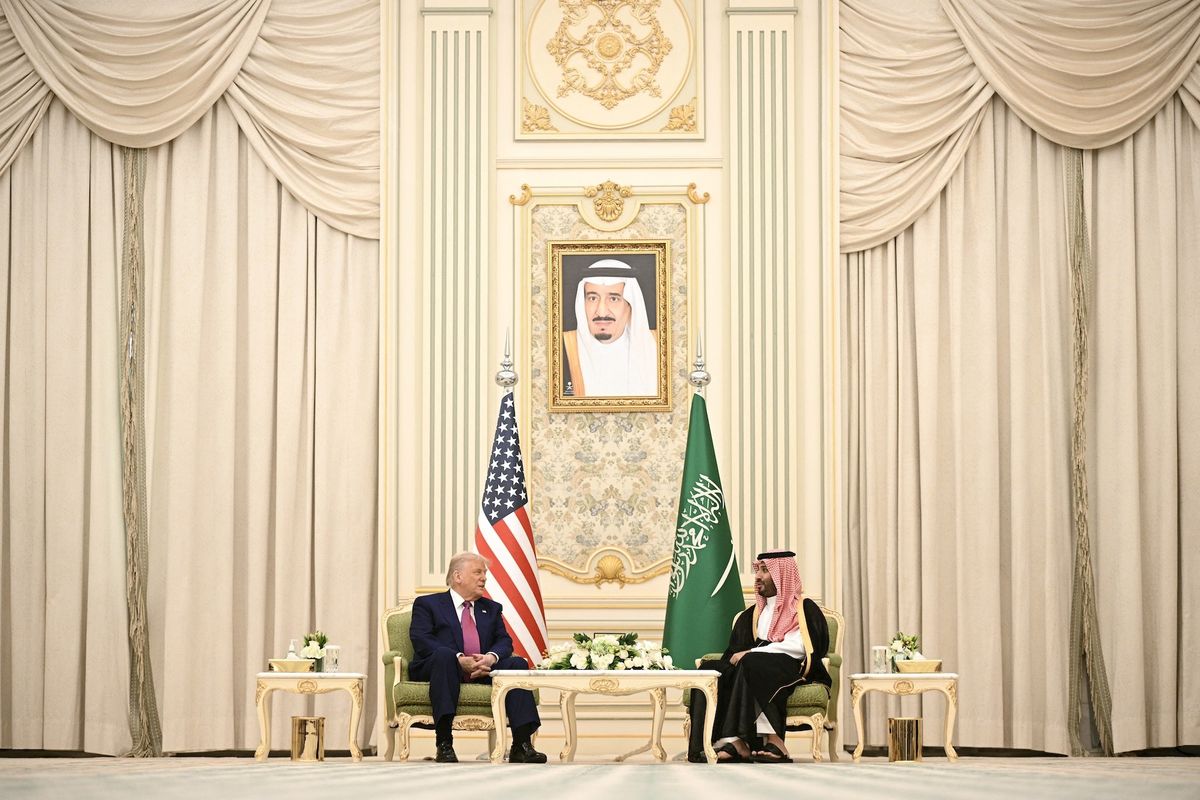Australia’s armed forces have fought as an ally of the United States in all if its wars since WWII. As an original partner in the Joint Strike Fighter program, Australia is keen to maintain a modern military that can operate as a coalition member in its backyard and farther abroad. The Cipher Brief spoke with Andrew Davies, the Australian Strategic Policy Institute’s Director of Defense and Security Program to learn more about how Australia intends to utilize the F-35 for its own defense needs and as a coalition partner.
The Cipher Brief: What qualities and capabilities of the F-35 are most important for Australia’s defense needs, and what does the F-35 enable Australia to do as a coalition partner?
Andrew Davies: Australia has long had the policy of having high end air and maritime capabilities that overmatch any regional power. That approach is predicated on being a country of small population in a highly populated region—the approach is quality over quantity. Over the years, the Royal Australian Air Force (RAAF) has stayed close to the leading edge of combat aircraft and the F-35 is the logical next step in that evolution.
In one sense, the F-35 will not be an adequate replacement for the F-111 strike aircraft, due to its much shorter range. But there is nothing on the world market that matches the F-111 in that regard. The RAAF is instead building an air defence capability around a combination of tactical F-35s (and F/A-18F Super Hornets), augmented by air-to-air refuellers for additional range, and with airborne early warning aircraft to coordinate scarce resources over Australia's large area of operations.
Given Australia's island continent status, maritime strike is an important requirement. The F-35 won't have a mature maritime strike capability until later capability blocks are delivered, so the RAAF will continue to rely on the capability of its Super Hornets for a while yet.
TCB: How are the 5th generation capabilities of the F-35 an advantage for coalition warfare over that of 4th generation aircraft?
AD: The information collection, processing, and sharing capabilities of the F-35 are both a boon and a challenge for coalition warfare. If collation partners are set up to take advantage of the battlespace picture that can be generated, many of the past problems of different levels of situational awareness among coalition partners will be overcome.
But it's not just a matter of “buy F-35, problem solved.” The shift from 4th to 5th generation requires a big jump in the ability to manage information, and the underlying information architecture needs to be in place to take advantage of the new capabilities.
TCB: In a scenario where both Australia and the U.S. (or another country flying the JSF) are operating F-35s together, what advantages are there in having this shared platform?
AD: The more “plug and play” a coalition partner is, the easier planning becomes. Having to manage coalition partners at widely varying levels of capability is onerous, and in practice, only those that are both suitably equipped and in step with the coalition leads' doctrine and operating procedures can hope to make a substantial contribution. As mentioned above, having the same equipment certainly helps but isn't the whole story. It does, however, also help with in-theatre logistics and achieving economies of scale at bases and in support units.
TCB: Many aspects of the F-35 are still in development, and there is still much to learn about how to operate and improve the JSF. What are the most daunting challenges remaining for two different air forces operating the F-35 together?
AD: Mastering the sheer complexity of the F-35 and its many sensor systems and working out how best to use them will be an overhead for Air Forces. But one of the advantages of a heavily software dependent, fifth generation aircraft is that much use can be made of simulation. That should help both individual air forces to maximize the capability they extract from the platform and could also help in harmonizing the way that different users employ the platforms.












